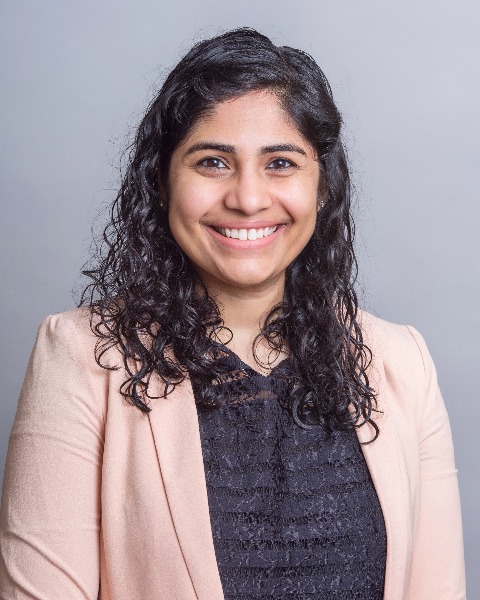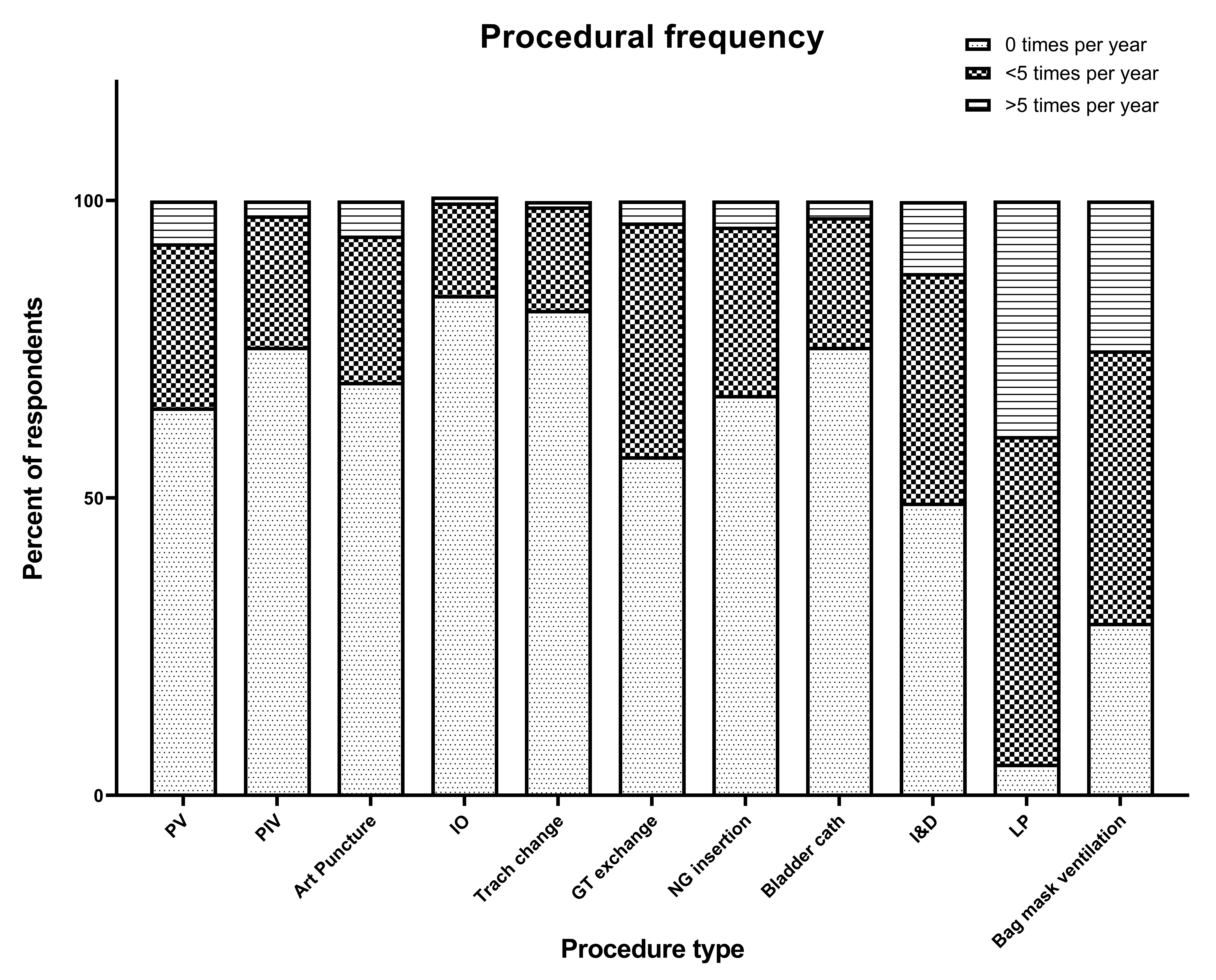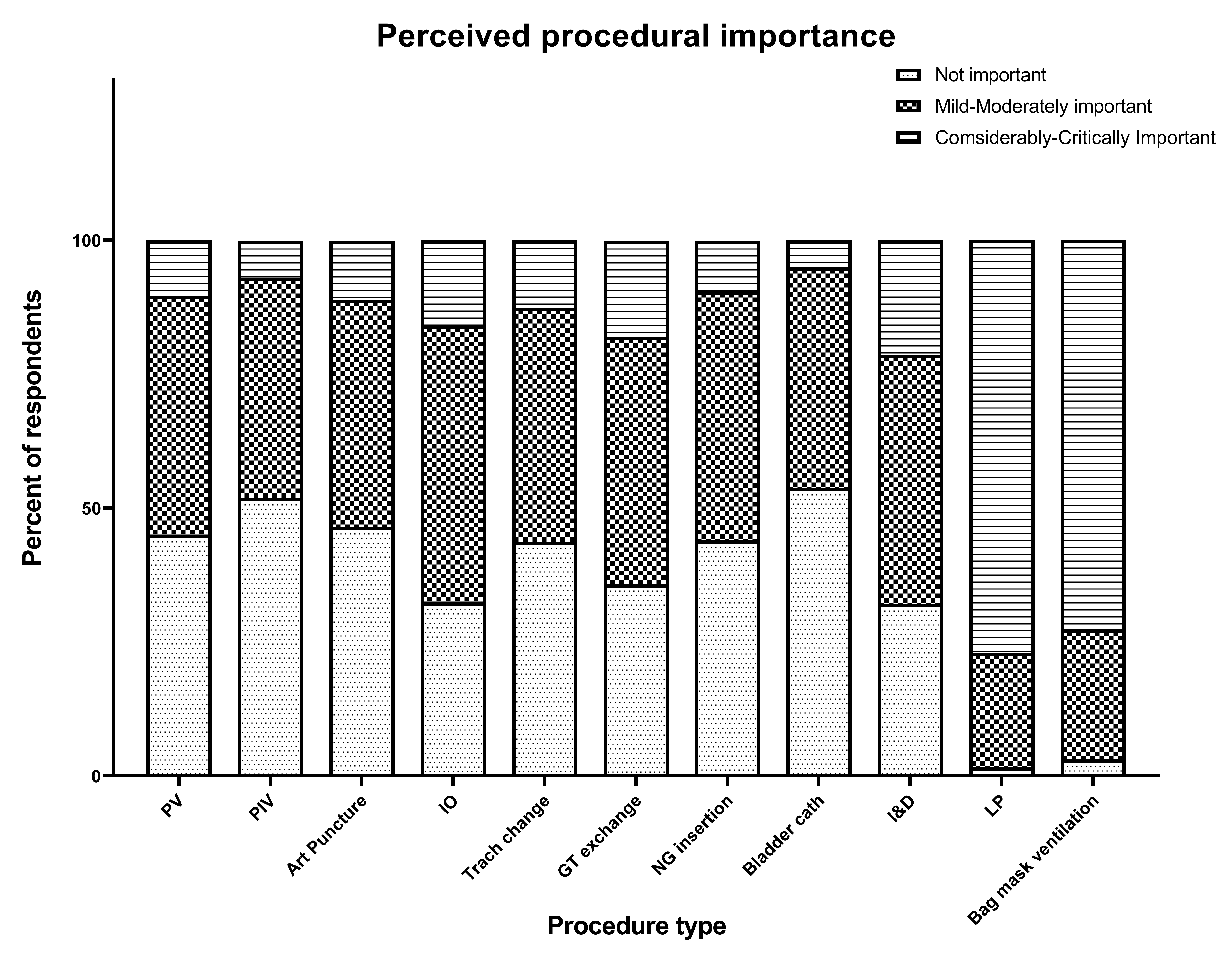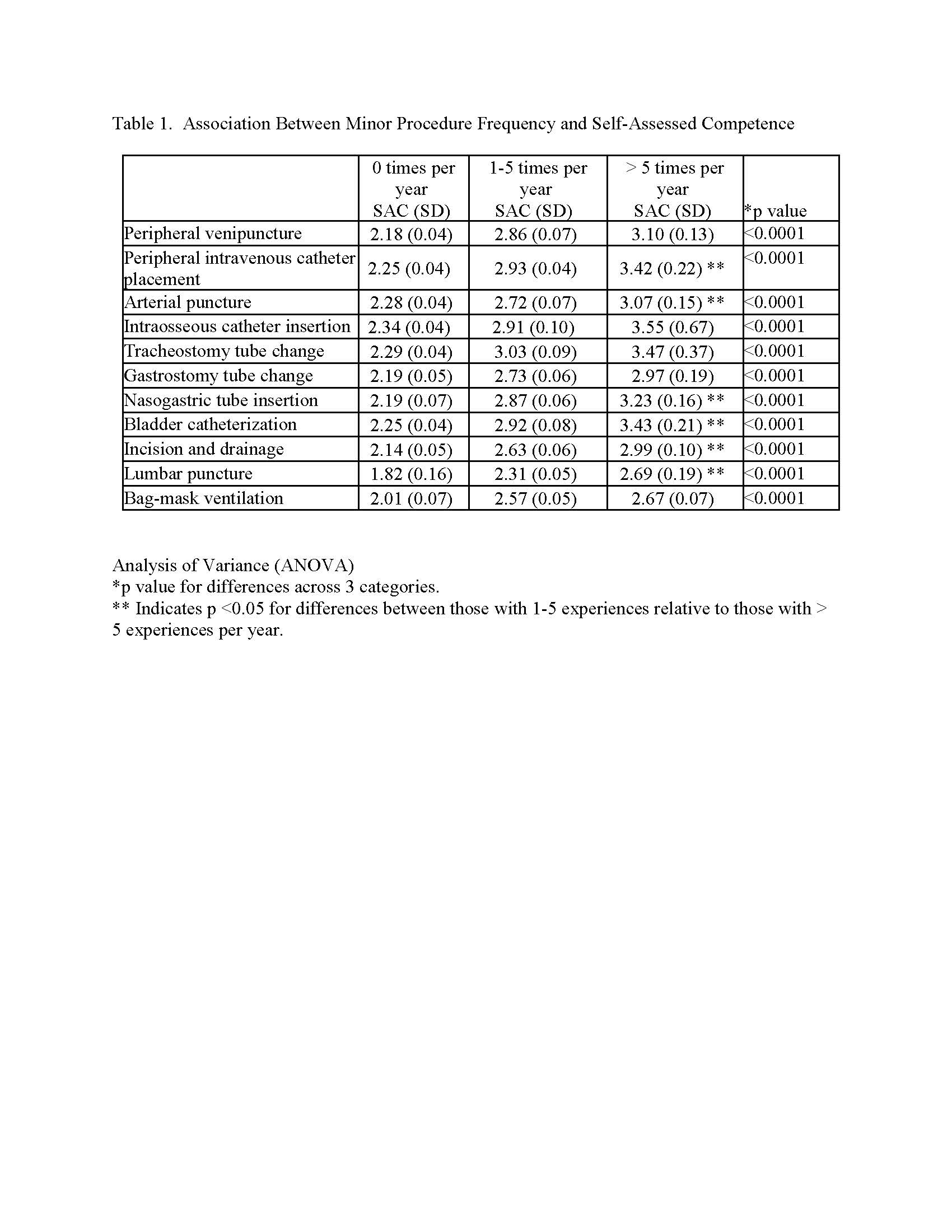Hospital Medicine: Clinical
Hospital Medicine 3
491 - National survey of self-assessed competency in minor procedures among pediatric hospitalists
Saturday, April 29, 2023
3:30 PM - 6:00 PM ET
Poster Number: 491
Publication Number: 491.221
Publication Number: 491.221
Yamini S. Kuchipudi, Cincinnati Children's Hospital Medical Center, Madeira, OH, United States; CHRISTINE L. SCHULER, Cincinnati Children's Hospital Medical Center, Edgewood, KY, United States; Alicia Caldwell, Cincinnati Children's Hospital Medical Center, Montgomery, OH, United States; yemisi Jones, Cincinnati Children's Hospital Medical Center, Cincinnati, OH, United States; Amy RL. Rule, Emory University School of Medicine, Decatur, GA, United States; Matthew Fenchel, Cincinnati Children's Hospital Medical Center, Cincinnati, OH, United States; Dianna N. Bosse, Cincinnati Children's Hospital Medical Center, Fairfield, OH, United States

Yamini S. Kuchipudi, MD, FAAP (she/her/hers)
Staff Physician II
Cincinnati Children's Hospital Medical Center
Madeira, Ohio, United States
Presenting Author(s)
Background: Pediatric hospitalists (PH) must maintain competency in minor procedures; however, procedural training and frequency is highly variable with clinical experience and practice settings.
Objective: To describe factors associated with pediatric hospitalists’ self-assessed competency (SAC) in minor procedures and assess training needs.
Design/Methods: This was a cross-sectional email survey using a convenience sample of PH from 20 US institutions. It consisted of a 22-item individual survey completed by all participants and a 15-item site survey completed by a leader from each site. The individual survey assessed demographics, medical training history, as well as practice setting, procedural frequency, level of independence, success rate, and perceived importance of 11 minor procedures identified by the Accreditation Council for Graduate Medical Education as required for P</span>ediatric Hospital Medicine fellows. The site survey described each site's practice setting and its characteristics. A composite outcome, SAC, was derived as an average of procedural independence and success (each on a 0-4 scale). The association between SAC and predictor variables was determined through analysis of variance (ANOVA) for categorical variables and fitted regression models for continuous variables.
Results: Of the 360 survey respondents, the majority were female (70%), not fellowship trained (75%), and had 10 years or fewer experience as a hospitalist (72%). 64% practiced at a stand-alone children’s hospital, 33% at a community hospital/children’s hospital within an adult hospital, and 28% were from a university-affiliated hospital. Lumbar puncture (LP) and bag mask ventilation (BMV) were the most frequently performed procedures (Figure 1). There was a statistically significant relationship between self-reported procedural frequency and SAC for each of 11 procedures; SAC increased with increasing frequency of procedures (Table 1). LP and BMV were also rated as the most important procedures to successfully perform (Figure 2). Multiple practice characteristics (providing surgical co-management, intensive care, urgent and emergency care) and having reserved time for practicing procedures, were associated with higher SAC (p< 0.01 for each).
Conclusion(s): PH frequently performed LP and BMV and rated them as highly important. Hospitalists performing procedures more frequently displayed higher self-assessed competence. However, they lack competence and experience with the 9 other required procedures. Future studies should focus on procedure skill curriculum and ongoing reserved procedural practice time for hospitalists.



